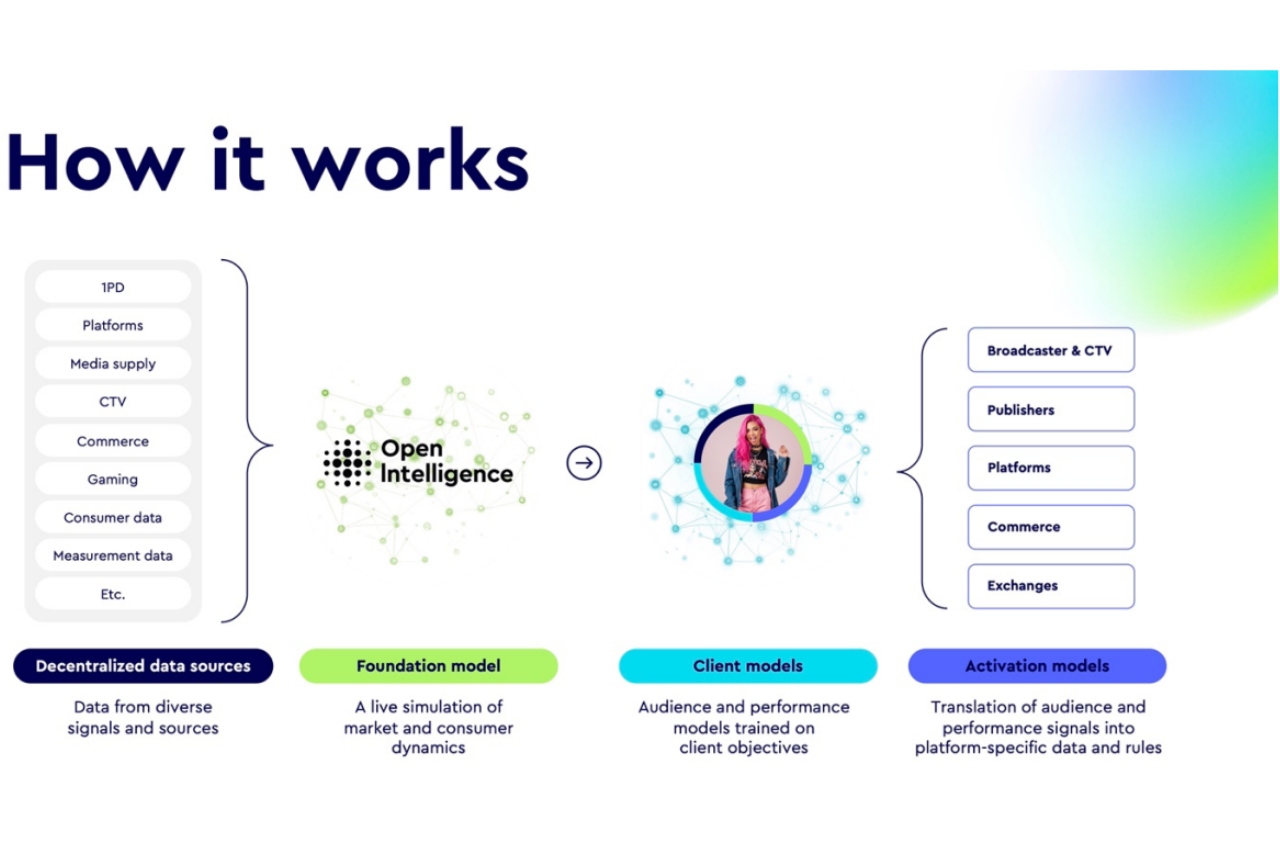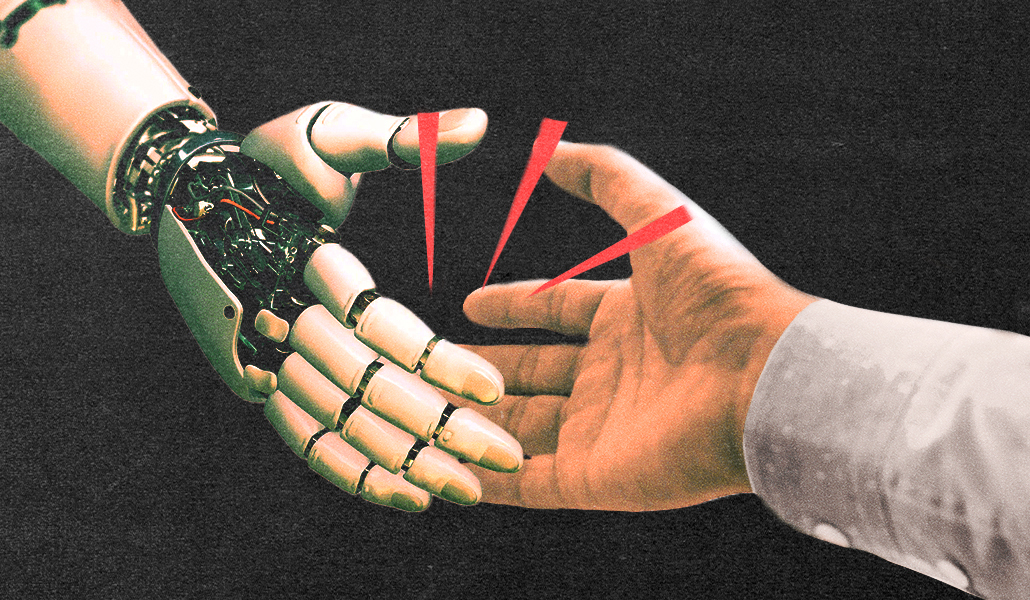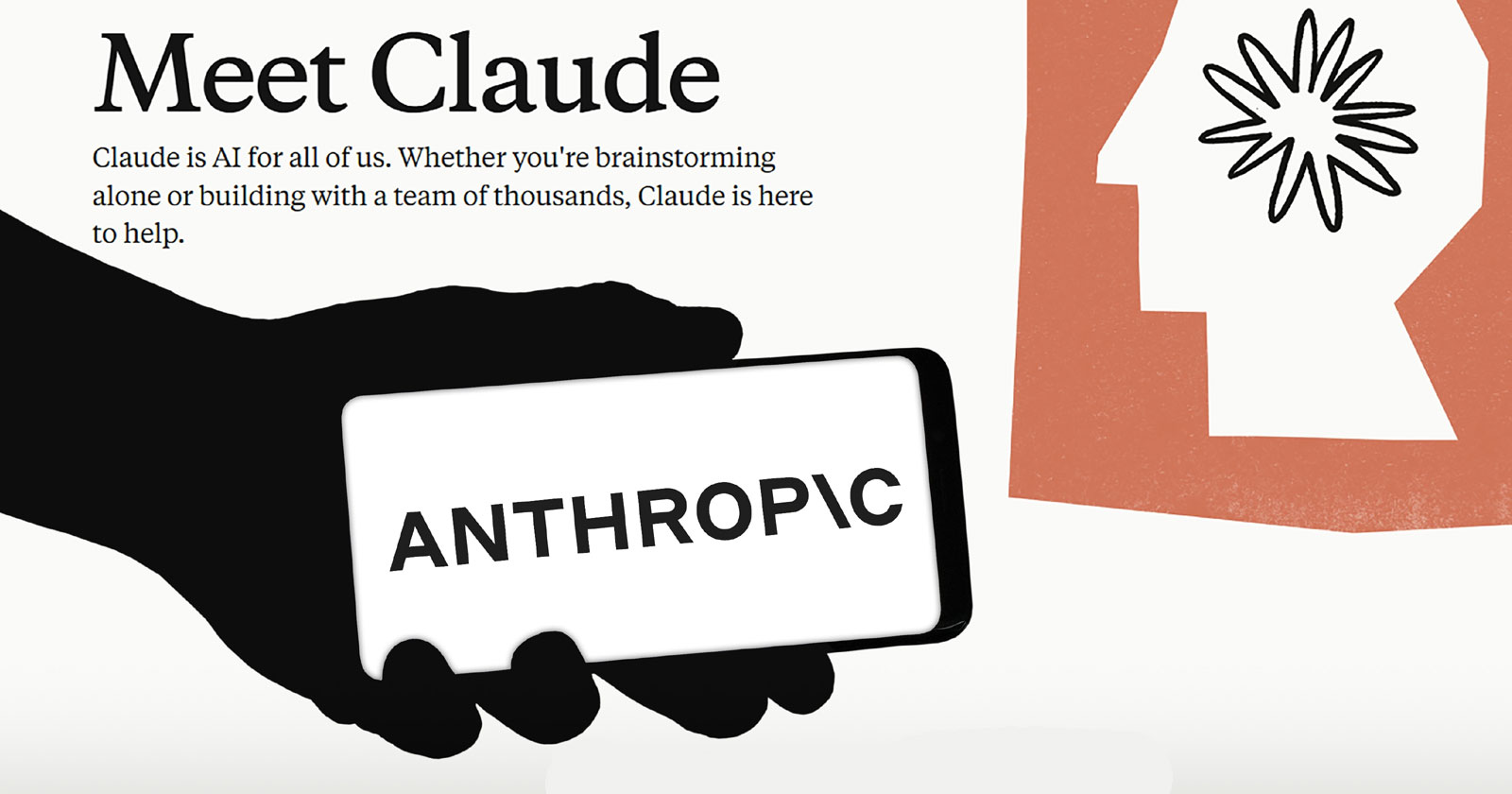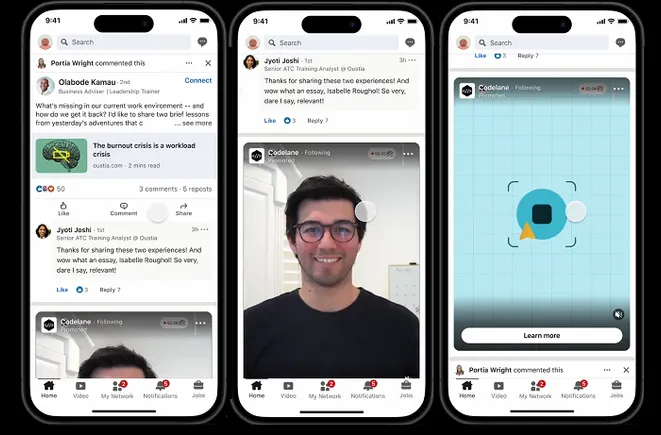IT'S NOT THE END OF THE WORLD
Subtlety isn’t the name of the game in Parks-Ramage’s eco-thriller, in which the world is terrorized by climate disaster, totalitarian government, and the surveillance state. The novel begins with gay partners Mason and Yunho preparing for the baby shower of the child they’re having via surrogate, a party overshadowed by a rather prescient fire that consumes much of Los Angeles and comes with a poisonous pink gas bringing sometimes-fatal side effects. The show must go on, however, in this takedown of wealth inequality and consumption in the age of environmental destruction. Gucci gas masks, Apple Wallet brain implants, and MegaDust Bowls all make their way into the book’s first section, though the postmodernist tricks are not always effective. Many of the bits are clumsily introduced, explained via unsubtle exposition. The story moves from a stratified Los Angeles to a communal ranch in isolated Montana, where Yunho decamps with his surrogate, Astrid; Astrid’s partner, Claudia, who uses a wheelchair; and other close friends to build a resistance based on a simple saying: “We’ve got love for everyone.” But things go south when the U.S. government brands the anarchist community’s values antifamily, and the group faces risks from the outside world and members alike. A third section dives even further into the future, as Mason moves with a new partner, Peter Thiel (yes, really), to Mars following the dissolution of the community on the Ranch. Parks-Ramage bites off more than he can chew while failing to imbue his satire with clarity. The book spans more than 100 years and takes aim at a future many fear is on its way without providing his characters, who fight for a better world, with enough dimensionality to bring it to life.


Subtlety isn’t the name of the game in Parks-Ramage’s eco-thriller, in which the world is terrorized by climate disaster, totalitarian government, and the surveillance state. The novel begins with gay partners Mason and Yunho preparing for the baby shower of the child they’re having via surrogate, a party overshadowed by a rather prescient fire that consumes much of Los Angeles and comes with a poisonous pink gas bringing sometimes-fatal side effects. The show must go on, however, in this takedown of wealth inequality and consumption in the age of environmental destruction. Gucci gas masks, Apple Wallet brain implants, and MegaDust Bowls all make their way into the book’s first section, though the postmodernist tricks are not always effective. Many of the bits are clumsily introduced, explained via unsubtle exposition. The story moves from a stratified Los Angeles to a communal ranch in isolated Montana, where Yunho decamps with his surrogate, Astrid; Astrid’s partner, Claudia, who uses a wheelchair; and other close friends to build a resistance based on a simple saying: “We’ve got love for everyone.” But things go south when the U.S. government brands the anarchist community’s values antifamily, and the group faces risks from the outside world and members alike. A third section dives even further into the future, as Mason moves with a new partner, Peter Thiel (yes, really), to Mars following the dissolution of the community on the Ranch. Parks-Ramage bites off more than he can chew while failing to imbue his satire with clarity. The book spans more than 100 years and takes aim at a future many fear is on its way without providing his characters, who fight for a better world, with enough dimensionality to bring it to life.






















![How To Launch, Grow, and Scale a Community That Supports Your Brand [MozCon 2025 Speaker Series]](https://moz.com/images/blog/banners/Mozcon2025_SpeakerBlogHeader_1180x400_Areej-abuali_London.png?auto=compress,format&fit=crop&dm=1747732165&s=beb7825c980a8c74f9a756ec91c8d68b#)
![Clicks Don’t Pay the Bills: Use This Audit Framework To Prove Content Revenue [Mozcon 2025 Speaker Series]](https://moz.com/images/blog/banners/Mozcon2025_SpeakerBlogHeader_1180x400_Hellen_London.png?auto=compress,format&fit=crop&dm=1747758249&s=9f3c5b1b7421f862beace1cb513053bb#)
![How To Create an Integrated Strategy That Increases Brand Mentions and Visibility [Mozcon 2025 Speaker Series]](https://moz.com/images/blog/banners/Mozcon2025_SpeakerBlogHeader_1180x400_JamesH_London.png?auto=compress,format&fit=crop&dm=1747780409&s=9bf9f0a2623b4a8be6eaf8f235115505#)








.png)

















![The 11 Best Landing Page Builder Software Tools [2025]](https://www.growthmarketingpro.com/wp-content/uploads/2024/04/best-landing-page-software-hero-image-1024x618.png?#)































































![Social media image sizes for all networks [June 2025]](https://blog.hootsuite.com/wp-content/uploads/2023/01/Social-Media-Image-Sizes-2023.png)


![What you're doing wrong in your marketing emails [according to an email expert]](https://53.fs1.hubspotusercontent-na1.net/hubfs/53/jay-schwedelson-mim-blog.webp)

![These AI workflows can 10X your marketing productivity [+ video]](https://www.hubspot.com/hubfs/Untitled%20design%20-%202025-05-29T135332.005.png)




















